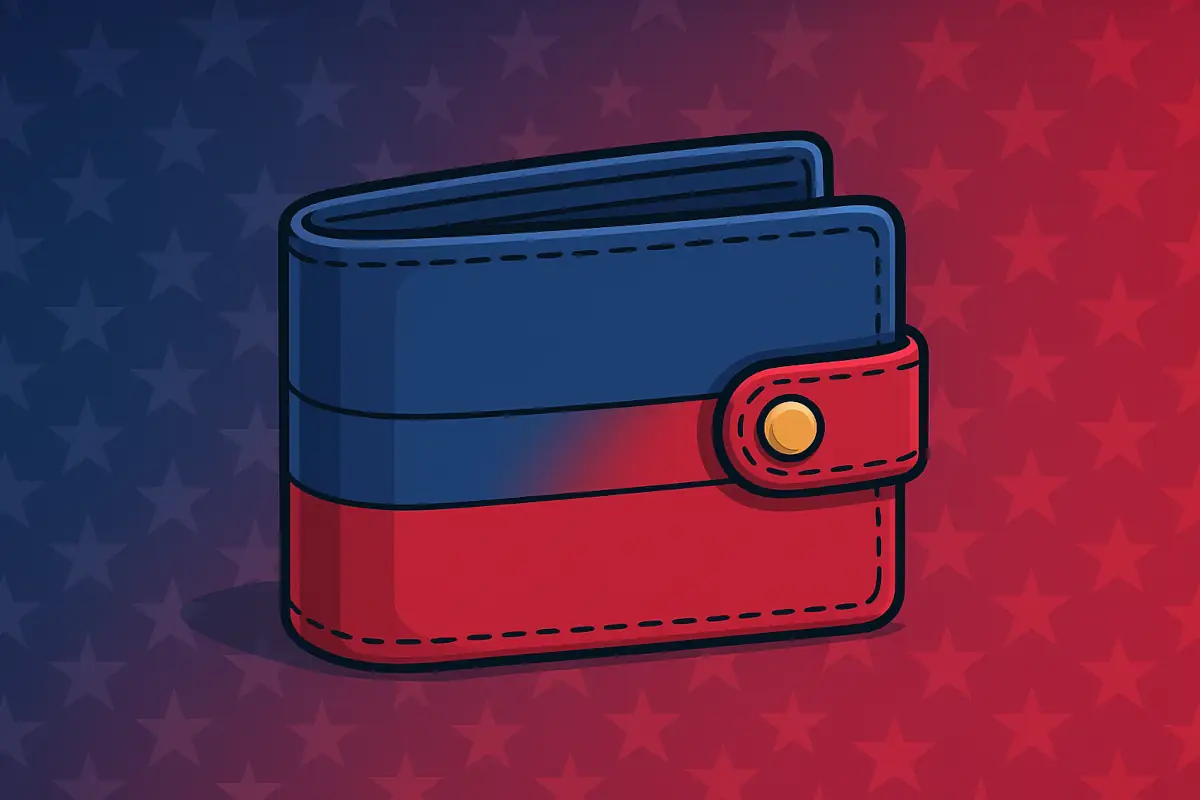HuskyInu ($HINU), the “best friend of Shiba Inu”, might be a friend with dark secrets. We found several red flags that you should know before you decide to invest in this presale – because this so-called “best friend” could be leading you straight into a trap.
Table of Contents
HuskyInu: Friend or Foe?
HuskyInu’s branding cleverly piggybacks on the massive success of Shiba Inu ($SHIB), attempting to lure in the same community that helped $SHIB reach iconic status. But behind the cute dog mascot and playful marketing, HuskyInu hides a series of troubling red flags that suggest it might be a scam.
One of the most glaring issues with HuskyInu is the absence of a real, active community. In the world of cryptocurrencies, a strong community is often the best indicator of a project’s legitimacy and potential. The fact that HuskyInu lacks this crucial element is a major concern, suggesting either a poorly managed project or an intentional effort to avoid scrutiny.
Moreover, despite being relatively new, HuskyInu has already sparked concerns, with some users claiming they’ve been scammed. While these reports may be sparse, they are still a serious warning sign. In the high-risk world of crypto, even a handful of scam allegations should set off alarm bells.
The team is anonymous, but the marketing is similar
The team behind HuskyInu as presented on their website is questionable. The images are obviously AI-generated and except for the Telegram account of the CEO, we could not find any information about any of the listed people. While anonymity is common in some crypto circles, it raises significant concerns when paired with other red flags. While anonymity can protect developers’ privacy, it can also serve as a convenient way to avoid accountability. An anonymous team makes it nearly impossible to verify the credibility or intentions of those running the project, leaving investors vulnerable to potential fraud.
Perhaps the most damning evidence against HuskyInu is its uncanny resemblance to MPEPE, a coin that we already warned you about. Both projects share similar promotional tactics, including being featured on the same questionable news websites and even being marketed together. This connection strongly suggests that HuskyInu could be part of a broader scam network, potentially related to ShibaBudz, which has been claimed by many users as a honeypot scam.
Diving into details
The issues don’t stop there. HuskyInu’s whitepaper and website both include disclaimers stating that the information provided can be changed at any time, without prior notice. This kind of flexibility might seem like a standard legal precaution, but in the context of an already questionable project, it raises further concerns. The ability to alter key details or strategies without notifying investors could lead to sudden and unfavorable changes, potentially trapping participants in a project that no longer resembles its original promises.
Furthermore, while HuskyInu claims to have undergone an audit, the report itself is concerning. The audit focuses on the security aspects of the smart contract but explicitly states that it did not include functional testing or unit testing of the contract’s logic. This means that while the contract might be secure from certain vulnerabilities, there is no guarantee that it functions as intended. Without this assurance, there’s a risk that the contract could contain logic errors or even intentional traps designed to deceive users, such as preventing them from withdrawing funds.
Is This Dog a Wolf in Sheep’s Clothing?
While HuskyInu may present itself as the “Best friend of Shiba Inu,” the numerous red flags suggest it could be anything but friendly to your investments. The lack of a real community, scam reports, an anonymous team, the troubling flexibility in its whitepaper and website, a questionable audit, and its eerie resemblance to other suspicious coins all point to one thing: proceed with extreme caution.




